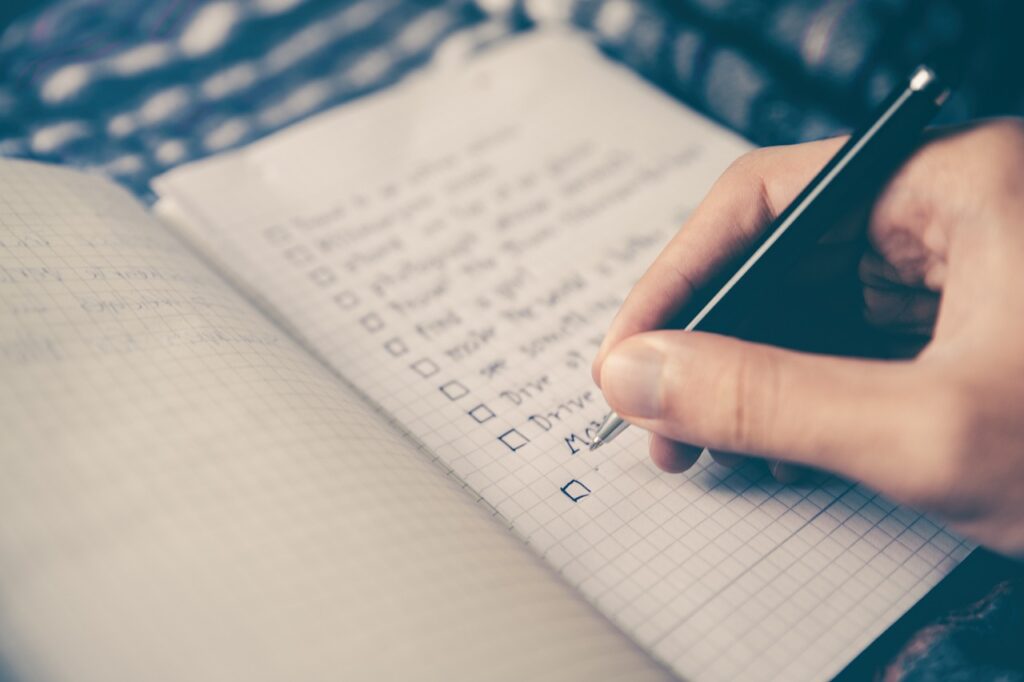Establishing Classroom Routines with Consistent Cues

Establishing clear and consistent routines is essential for creating a structured and efficient classroom environment. When students know what to expect and how to respond to various cues, transitions and attention-getting moments become smoother, and more instructional time is preserved. This post will explore different types of cues and how to use them effectively to manage classroom routines and transitions.
Why Consistent Cues Matter
Consistency is key in any classroom management strategy. When cues are predictable, students can quickly respond without confusion, reducing downtime and disruptions. This predictability helps create a sense of security and order, allowing students to focus more on learning and less on what to do next.
Types of Cues
- Verbal Cues: Simple phrases that prompt students to take specific actions.
- Visual Cues: Visual signals that indicate a change in activity or behavior.
- Call and Response Cues: Interactive cues that engage students in responding to the teacher.
- Sound Cues: Audible signals that mark transitions or shifts in classroom activity.
Implementing Cues in the Classroom
Verbal Cues
Verbal cues are straightforward and easy to implement. They can be used to gain attention, signal transitions, or prompt specific behaviors. Examples include:
- “1-2-3, eyes on me!”
- “If you can hear me, clap once.”
Visual Cues
Visual cues can be particularly effective for managing noise levels or indicating transitions. These can be anything from colored cards to hand signals. For example:
- Displaying a yellow card on the board when the noise level is too high.
- Holding up a specific hand signal to indicate silence.
Call and Response Cues
Call and response cues make transitions fun and interactive. They require students to listen and respond in unison, reinforcing group cohesion and attention. Examples include:
- Teacher: “Hocus Pocus!” Students: “Time to focus!”
- Teacher: “Class, class!” Students: “Yes, yes!”
Sound Cues
Sound cues are non-verbal signals that can quickly grab students’ attention or mark the beginning or end of an activity. Examples include:
- Playing soft classical music during work time to signal quiet focus.
- Ringing a chime to indicate the end of an activity.
Consistency is Key
Regardless of the types of cues you choose to use, the most important factor is consistency. Use the same cues for the same activities and transitions to help students develop a routine. Over time, students will respond automatically, creating a more efficient and harmonious classroom environment.





Leave a Reply